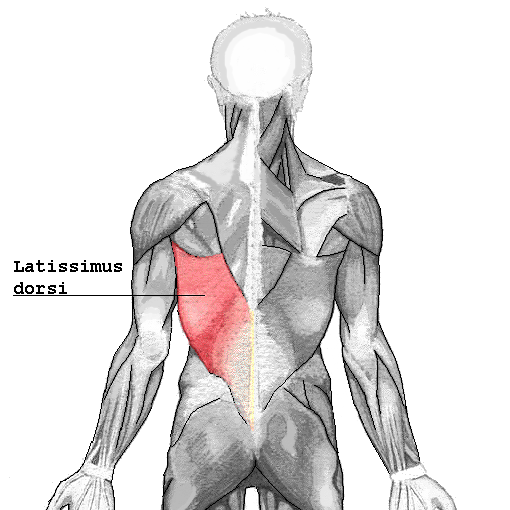In the fifteen years from 1993 to 2007, the San Francisco Giants front office slowly developed and carved into stone a draft strategy that focused on pitching. The organization was all in with a philosophy that assigned extreme value to pitching through a series of risk-reward formulas and assumptions which would bring the Giants success but also result in years of deferred minor league position player development.
The core idea was smart and it was based on several foundational principals: first, pitching wins ballgames. There’s a reason the cliche “you can’t have enough pitching” is one of the smartest things anyone can say about the game. Player injuries and endless issues with mechanics mean the assembly line has to produce arms.
Last and hardly least, nothing brings value to even a routine trade with another team than the addition of pitching. It is the frosting on any MLB transactional cake.
The Giants could concentrate on pitching because they had locked up an elite offensive chip no other baseball team could match: Barry Bonds. For years the idea was to construct a series of teams with a viable supporting cast of hitters around Bonds. Jeff Kent (1997), Ellis Burks (2000), Reggie Sanders (2002), Marquis Grissom and Jose Cruz (2003) were among the many veteran players General Manager Brian Sabean cherry picked in support of the Bonds offense.
Placing an emphasis on drafting pitchers allowed the Giants to both develop their own starters (Russ Ortiz, Shawn Estes), and trade cheap young pitching for more expensive veteran pitchers (Ryan Vogelsong for Pittsburgh’s Jason Schmidt, Mark Leiter for the Expos’ Kirk Rueter, etc.).
As the Bonds era came to a close, the Giants were still picking pitchers in the draft– including Tim Lincecum (2006), Madison Bumgarner and Tim Alderson (2007), and eight of the first twelve picks in the 2008 draft.
But there were virtually no position players of value being developed in the minors with lasting Major League skills. The team attempted to sell Giant fans on a series of subpar home grown hitters (Pedro Feliz, John Bowker, Travis Ishikawa, Fred Lewis among others) and peppered batting line-ups with veteran castoffs (Ray Durham, Ryan Klesko, Edgardo Alfonso, Dave Roberts to name a few).
Finally the San Francisco front office made a huge shift in philosophy and began to address the need to develop position players in their system. In particular, the last three player drafts were seminal moments for the franchise as a slew of position players with legitimate offensive tools began populating the minor league system (C Tommy Joseph, 3B Chris Dominguez, and 1B Brandon Belt in 2009; CF Gary Brown, CF Jarrett Parker, and SS Carter Jurica, 2010; 2B Joe Panik and C Andrew Susac in 2011).
Which bring us to:
2012 Question #2: The Giants’ front office has proven they can identify, quickly develop, and pull the trigger on bringing quality pitching up to the big club. Can they do the same with a crop of promising young position players?
Don’t hold your breath. Recent history points to Giants management being overly cautious and slow to turn over spots in the batting order to rookie hitters, no matter how much potential they’ve shown.
It may be that the front office can’t fully shake their pitchers-first focus, or it may simply be that Giants GM Brian Sabean and his brain trust have been in their jobs longer than any other front office team and they are just a very deliberate group.
Sabean will likely move up to an executive position with the Giants’ organization in the future, but until that time the longest tenured GM in baseball sets the time table for when young hitters finally arrive at AT&T Park. And those trains run slow.
The reason this question comes up in the 2012 season is that 2013 could potentially see two or three rookie position players ready for permanent lockers in San Francisco. It will be critical to bring them up before September to experience a pennant drive and get the one thing Triple A can’t provide: Major League at-bats.
All eyes are on the speedy Gary Brown who appears to be the Giants’ long-term solution at lead-off and in center field. But even if newly-signed outfielder/lead-off man Angel Pagan totally tanks in the first half of 2012 the Giants will look to solve that problem with a trade rather than bring Brown up.
It’s much smarter to leave Brown in Triple A Fresno to get a full year of minor league at-bats at the highest level. At the end of the season the front office will have a much better idea if Gary Brown is ready to open 2013 as San Francisco’s starting center fielder.
A better promotion would be slugging outfielder Francisco Peguero, who has a .779 OPS (.312 BA) in six minor league seasons and brings something to the show that Gary Brown does not: a potential power bat. If Brandon Belt takes over at first base, if Aubrey Huff continues his offensive decline, and if Nate Schierholtz continues to be just a great fourth outfielder, expect to see Peguero in the Giants outfield somewhere around the All Star break.
This is a great time for the Giants’ organization and Giants fans. A sea change is just around the corner which will bring a whole new look to San Francisco’s infield and outfield and give the front office some legitimate trading chips over the next several years.
Let’s hope the Giants’ organization is bold enough to proactively manage the upcoming talent surge and not be left standing indecisively behind it.
Add The Sports Daily to your Google News Feed!
